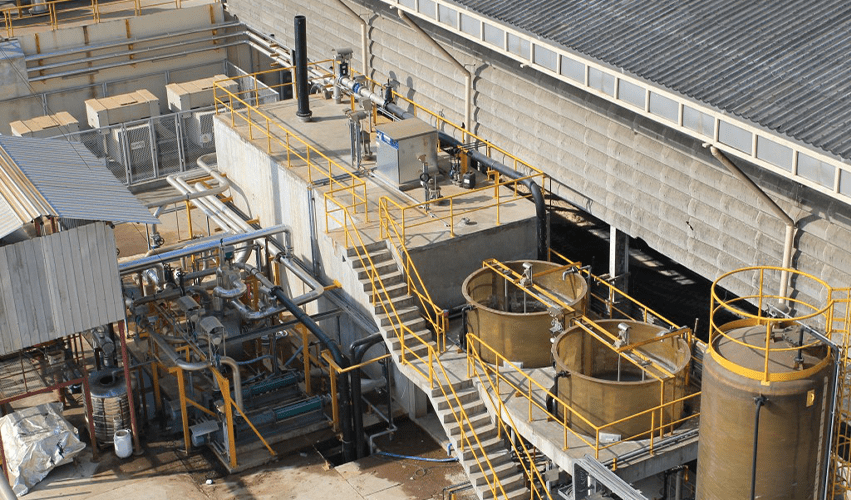Anaerobic treatment is typically utilized to treat warm, high-strength industrial wastewater containing high concentrations of biodegradable organic matter. This energy-efficient process reliably removes biochemical oxygen demand (BOD), chemical oxygen demand (COD), and total suspended solids (TSS) from wastewater.
Anaerobic processes use substantially less energy, require less chemicals, and incur lower sludge handling costs compared to aerobic treatment options. In addition, the biogas produced in the anaerobic process is a source of renewable energy that can be used to displace fossil fuels such as oil or natural gas, or to generate electricity.
Sustainable & Renewable Energy Design
Doing so can also improve financial sustainability and competitiveness by increasing efficiency. GE Sustainable Design and Environmental Management staff design and evaluate places, products and services that reduce use of non-renewable resources, minimize impacts and create lasting and vibrant communities.
Energy Efficiency & Energy Systems
Renewable and /or conservation energy solutions may include solar photovoltaics, solar thermal technology, geothermal HVAC supplementation, wind turbine electrical production, rainwater collection and utilization, grey water reclamation, building automation, daylighting and passive solar irradiation capture.


